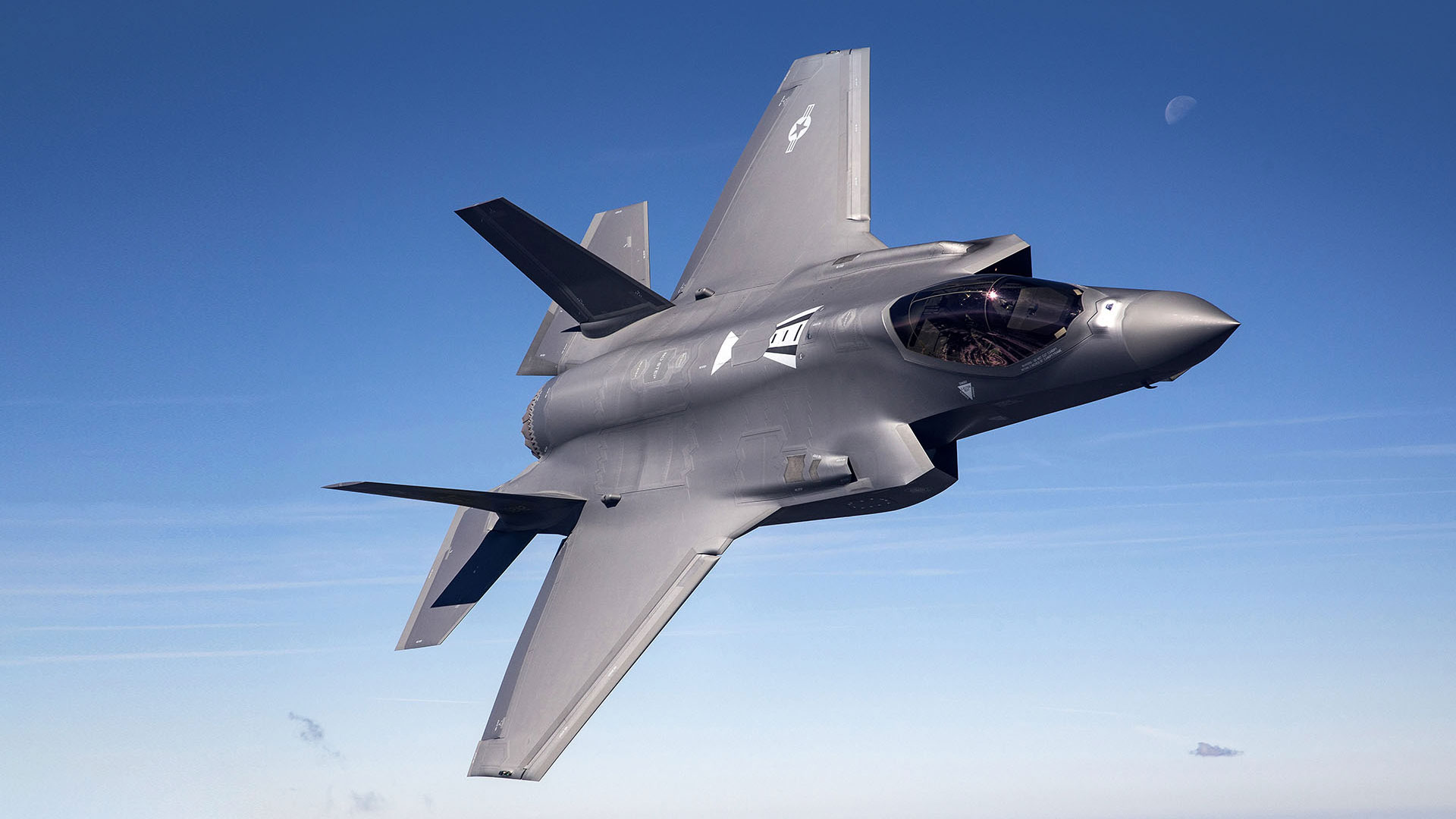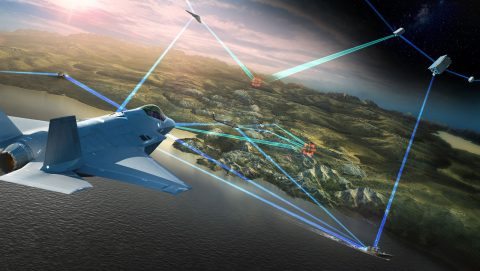Global Activity
Featured
 Global Presence, Local Impact
Global Presence, Local Impact
Learn how we are strengthening the economies, industries and communities of our global partner nations.
Who we are
About Us
Leadership & Governance
Our Businesses
Sustainability & Social Impact
Ethics
Economic and Workforce Impact
Global Activities
Leadership & Governance
Executive Leadership Team
Full Spectrum Leadership
Corporate Governance
Board of Directors
Corporate Charter
Political Disclosures
Our Businesses
BUSINESS AREAS
Aeronautics
Missiles and Fire Control
Rotary and Mission Systems
Space
INNOVATION & INVESTMENT
LM Evolve
LM Ventures
Social Impact
In the Community
Military and Veteran Support
Future STEM Workforce
Employee Focused Programs
Volunteerism
Contribution Process
Sustainability
Sustainability at LM
Sustainability Performance Report
Sustainability Management Plan
Sustainability Governance Plan
What We Do
Aircraft
All-Domain Operations
Autonomy & AI
Cyber
Deterrence Capabilities
Maritime Systems
Mission Integration
Space
Sustainment & Training Systems
Transformative Technology
Products by Domain
Featured
 21st Century Security®
21st Century Security®
Designed to help the U.S. and allies leverage emerging technologies to create a resilient multi-domain network.
Autonomy & AI
AI
Artificial Intelligence
AI Fight Club™
STAR.OS Integration Framework
AUTONOMY
Autonomy
Distributed Teaming
View All Products
Aircraft
Air Dominance
Fixed Wing
Autonomous Aircraft
Commercial Aircraft
Fighter Jets
Tactical Airlift
Tanker Transport
Rotary Wing
Sikorsky
Autonomous Aircraft
Black Hawk Family
Commercial Aircraft
Explore All Aircraft
All-Domain Operations
21st Century Security®
C4ISR Solutions
Joint All-Domain Operations
Mission Integration
Aircraft
Fixed Wing
Autonomous Aircraft
Commercial Aircraft
Fighter Jets
Tanker Transport
Rotary Wing
Sikorsky
Autonomous Aircraft
Black Hawk Family
Commercial Aircraft
Innovation
Skunk Works®
Global Research and Development
Advanced Technology Center
Advanced Technology Laboratories
Center for Innovation
Sikorsky Innovations
STELaRLab
Space Capabilities
Communications Security
Deterrence & Missile Defence
Global Situational Awareness
Human & Scientific Exploration
Intelligence Solutions & Cyber
Space Technologies
Deterrence Capabilities
Air Dominance
C4ISR Solutions
Counter-Unmanned Aerial Systems
Cyber Solutions
Directed Energy
Electronic Warfare
Hypersonics
Integrated Air & Missile Defense
Joint All-Domain Operations
Radar
Sensors
Undersea Warfare
Weapon Systems
Space
All Space Capabilities
Deep Space Exploration
Human Space Exploration
National Security Space
Strategic & Missile Defense Systems
Weather & Earth Science
Transformative Technologies
21st Century Security®
5G.MIL Solutions
Artificial Intelligence
Cyber
Directed Energy
Firefighting Intelligence
Hypersonic Solutions
Innovation in Defense
Spectrum Dominance
Our Business Innovation
Digital Transformation
Research Labs
Research Labs
Skunk Works®
Global Research and Development
Advanced Systems and Technologies - AU
Advanced Technology Center
Advanced Technology Laboratories
Center for Innovation
Sikorsky Innovations

